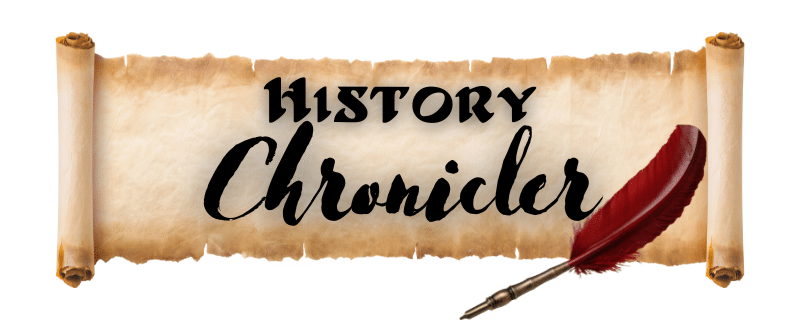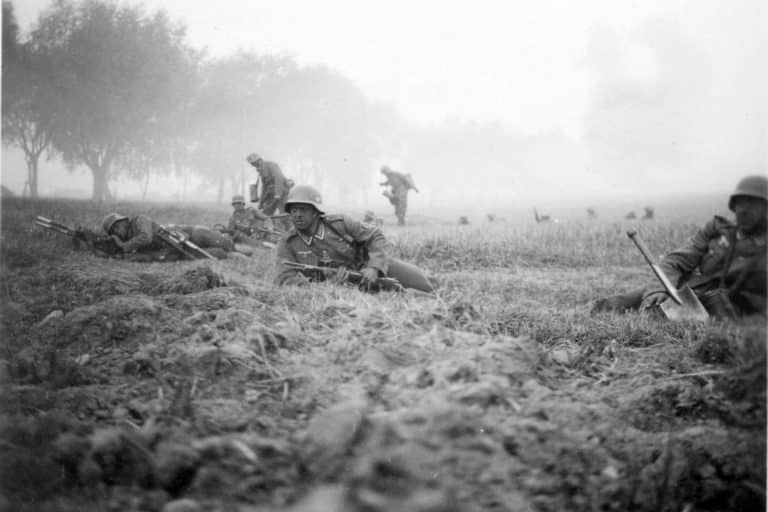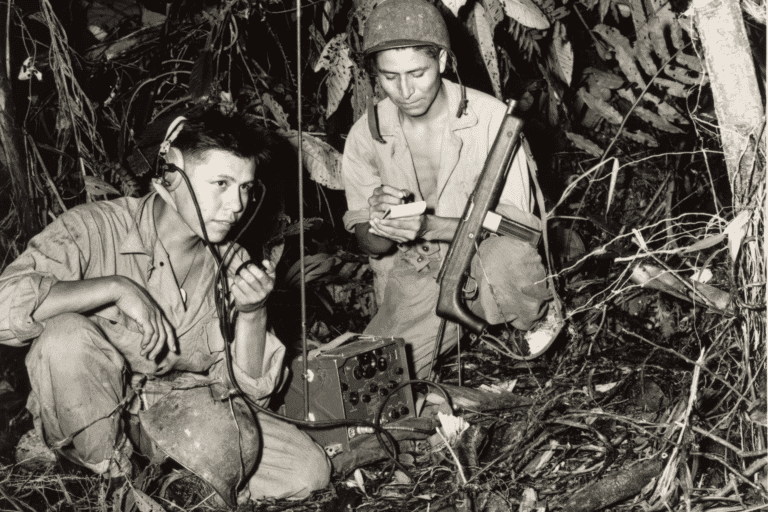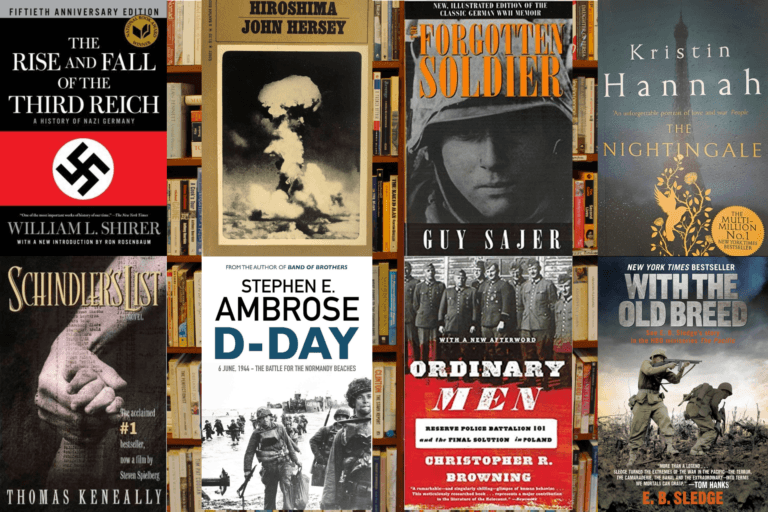The Liberation of Paris – How the French Resistance Took Back Their City [VIDEO]
VIEW FULL YOUTUBE PLAYLIST: History in 60: WWII Edition
View Full History in 60: WWII Edition Video Archive
The Liberation of Paris – How the French Resistance Took Back Their City
By August 1944, the Allies had stormed Normandy and were advancing through France. But in Paris, the French Resistance had had enough. On August 19, resistance fighters, known as the FFI (Forces Françaises de l’Intérieur), launched a citywide uprising, seizing police stations, cutting German communication lines, and barricading streets. Civilians joined the fight, arming themselves with whatever they could find, while newspapers that had been banned under Nazi rule were printed once again, spreading hope across the city.
Hitler ordered Paris to be burned to the ground rather than surrendered, but German commander Dietrich von Choltitz—realizing the war was lost—refused to follow through. Meanwhile, General Charles de Gaulle and Free French forces urged the Allies to act before the Nazis could crush the rebellion. Fearing that the uprising might turn into another Warsaw Uprising, where Polish resistance was brutally crushed, de Gaulle pressured Eisenhower to send reinforcements immediately.
On August 24, a French armored division led by General Philippe Leclerc broke through German defenses and entered the city. The next day, Paris erupted in celebration as Nazi forces surrendered. De Gaulle marched triumphantly down the Champs-Élysées, declaring, “Paris! Paris outraged! Paris broken! Paris liberated!” Despite the victory, Paris had suffered four years of occupation, executions, and food shortages, leaving scars that would take years to heal.
The Liberation of Paris was more than just a military victory—it was a symbol of hope, defiance, and the rebirth of a free France, proving that the spirit of resistance could never be crushed.







